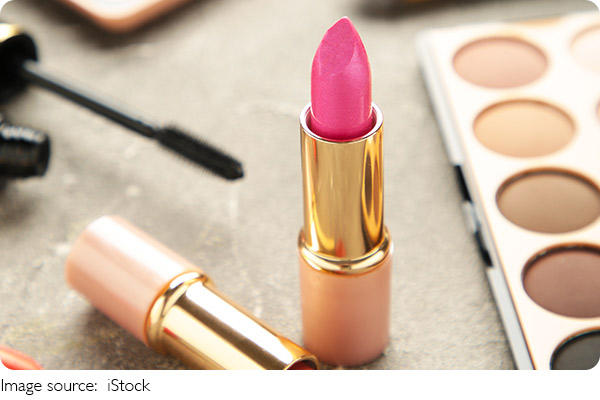The Lipstick Dilemma

Lipstick plays a crucial role in women's cosmetics, impacting the overall harmony and beauty of their makeup. For women, a beautiful makeup look can boost self-confidence and keep them feeling refreshed and beautiful throughout the day.
However, when it comes to choosing the right lipstick, many women face confusion – should it be the kind that leaves marks on cups or the kind that doesn't?
Lipstick primarily consists of a base, wax, oils, softeners, colorants, and fragrances.
1. Base: Lipsticks contain oils, waxes, and softeners, which give them solidity and long-lasting qualities.
2. Wax: The most commonly used waxes in lipstick are carnauba wax and beeswax, with carnauba wax being less prone to melting.
3. Oils: These include mineral oil, onion oil, lanolin, and paraffin oil. They contribute to moisturization, with lip balms containing more oils and fewer waxes.
4. Softeners: These ingredients enhance color adhesion to the lips and add moisture. Lip balms tend to have a higher proportion of oils and a lower amount of waxes.
5. Colorants: Lipsticks contain pigments or dyes, with pigments being finely particulates to adhere evenly to the lips.
6. Fragrances and Flavoring: These elements are added to mask the taste of the other ingredients.
Some individuals believe that only high-end lipstick brands can prevent cup stains and that the inclusion of "harmful substances" like lead, mercury, and paraffin is necessary for this purpose.
However, many lipsticks can stain cups without the need for these heavy metals. As long as a product is properly regulated, even smaller brands are aware of avoiding such harmful ingredients, dispelling this misconception.

It's important to understand that the non-stick cup factor alone is an incomplete measure of a lipstick's quality. Other factors such as moisturization, ease of application, shine, and longevity should also be considered.
Prioritizing non-stick properties can sometimes compromise other essential aspects of a lipstick's performance. The idea that big-name lipsticks always stain cups and, therefore, non-stick lipsticks are inferior is a misguided notion.
The concern of lipstick stains on cups can be quite real. Nonetheless, there are effective approaches to tackle this problem:
1. Blot or Apply Loose Powder: After applying lipstick, gently blot your lips with a clean tissue or use a small brush to apply a thin layer of loose powder. This not only acts as a protective barrier but also helps absorb excess oil from the lips. With makeup set, you won't need to worry about lipstick stains, even when sipping water.
2. Use Lip Balm: Prior to applying lipstick, use a lip balm that offers hydration and lip protection. Lip balms containing ingredients like petroleum jelly and wax provide excellent adhesion, allowing the lipstick to stay on your lips for a longer duration.
3. Lipstick Pressing: After applying lipstick, gently press your lips together with your fingers until the lipstick dries completely. This simple step not only accelerates the drying process but also ensures better adhesion, preventing color from fading easily.

 · Fashion Team
· Fashion Team